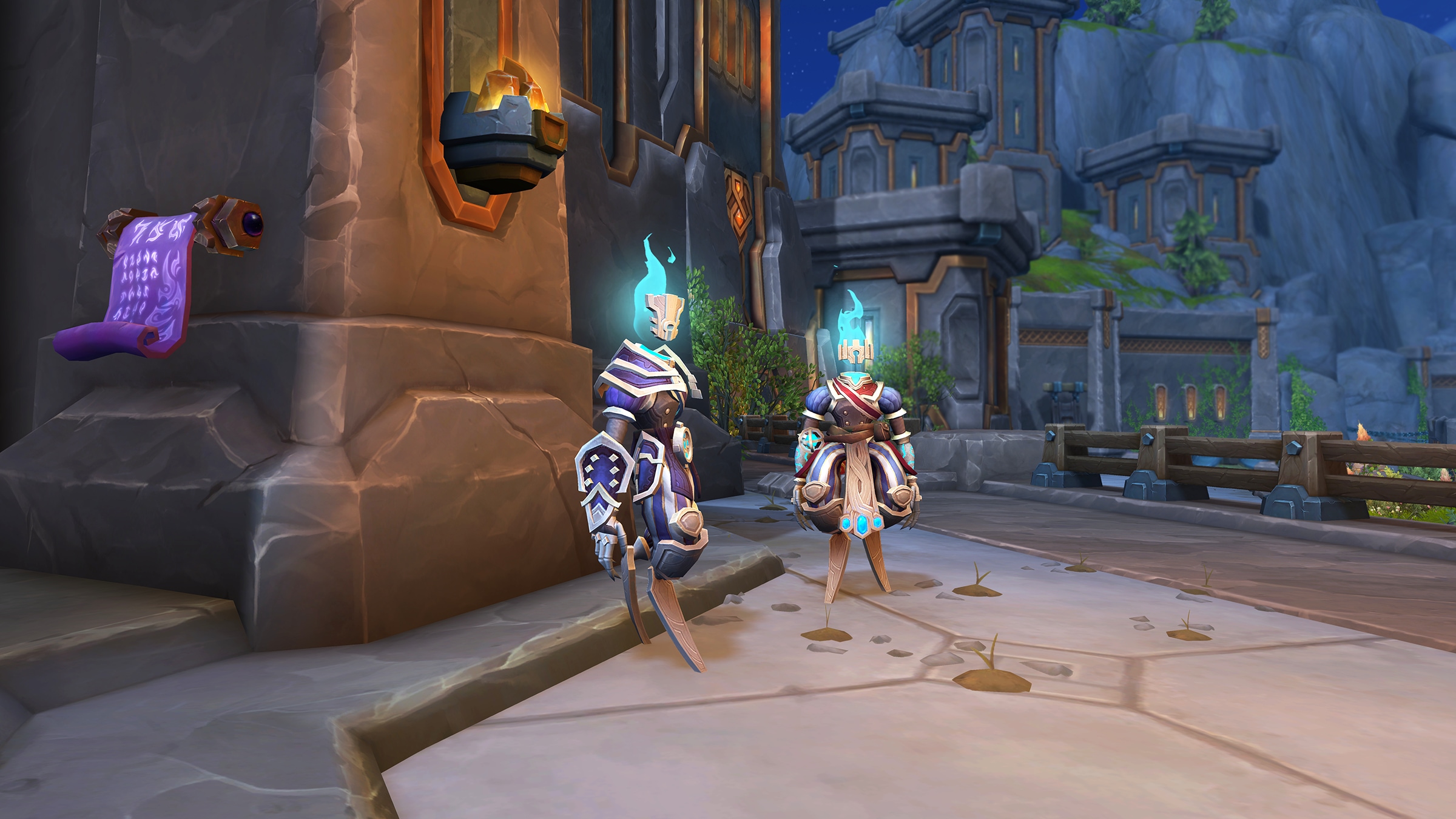End of an Era: Blizzard Blocks Major Combat Addons in World of Warcraft’s ‘Midnight’ Expansion
Popular Now
 League of Legends
League of Legends
 Brawl Stars
Brawl Stars
 Rust
Rust
 Toca Boca World
Toca Boca World
 PUBG Mobile
PUBG Mobile
 Free Fire
Free Fire
 Geometry Dash
Geometry Dash
 R.E.P.O
R.E.P.O
 Call of Duty
Call of Duty
 God of War Ragnarök
God of War Ragnarök 

 AZEROTH – Blizzard Entertainment is poised to fundamentally redefine the high-end player experience in World of Warcraft with the upcoming Midnight expansion. In a monumental shift for the 20-year-old MMORPG, the developers are moving to severely restrict the functionality of real-time combat addons, effectively signaling the end for essential tools like Deadly Boss Mods (DBM) and a significant portion of the popular WeakAuras utility. This controversial change, which has already sparked fervent debate among the player base, is intended to return the focus of combat to in-game cues and developer design, rather than third-party computation.
AZEROTH – Blizzard Entertainment is poised to fundamentally redefine the high-end player experience in World of Warcraft with the upcoming Midnight expansion. In a monumental shift for the 20-year-old MMORPG, the developers are moving to severely restrict the functionality of real-time combat addons, effectively signaling the end for essential tools like Deadly Boss Mods (DBM) and a significant portion of the popular WeakAuras utility. This controversial change, which has already sparked fervent debate among the player base, is intended to return the focus of combat to in-game cues and developer design, rather than third-party computation.
The Great Addon Purge: What’s Being Blocked?
The core of the change revolves around disabling an add-on’s ability to access and utilize real-time combat data in high-stakes environments like Raids and Mythic+ Dungeons. This is not merely a user interface overhaul—it is a technical restriction that cuts off the data stream many of the most important combat mods rely on.
Deadly Boss Mods (DBM) & BigWigs: These raid and dungeon encounter assistants, which provide crucial, precise timers and audio/visual warnings for boss abilities, will be effectively rendered obsolete. Their core function—predicting and calling out mechanics with split-second accuracy—will no longer be possible.
WeakAuras (Combat Functionality): While the add-on itself is not entirely “killed,” its ability to track real-time combat states to generate custom alerts, such as complex rotations, personal ability cooldowns, and boss-specific warnings, is being heavily curtailed. The severe technical limitations have led the developers of WeakAuras to announce they will cease developing the combat-focused version for Midnight, stating a stripped-down version would be “barely recognizable.”
This strategic move by Blizzard is a direct response to what the developers have termed an “addon arms race.” As raid design became more complex, players relied on increasingly sophisticated mods, which in turn led developers to design even tighter, more demanding mechanics under the assumption players had these tools. The result was a perpetually rising skill floor, where certain add-ons became mandatory for competitive endgame content.
Blizzard’s Native Replacements and the New Design Philosophy
In anticipation of the backlash and the resulting gameplay void, Blizzard is integrating native, in-house tools to fill the gap. These replacements, which are currently being tested in the Midnight Alpha, include:
Built-in Boss Alert System: A new native system will provide a replacement for DBM’s primary function, offering alerts and timers for boss abilities.
Cooldown Manager & Buff Tracker: The new UI will include tools to help players track their personal abilities, a function previously dominated by WeakAuras and similar mods.
In-Game Damage Meter: A native damage tracking tool is also being implemented.
The official goal, as reiterated by Game Director Ion Hazzikostas, is to ensure that essential information is clearly communicated by the game itself. “If you are standing in something that is lethal… and the only way that you are aware of that fact is because you have an air horn that’s playing from an add-on, we have dropped the ball as developers,” Hazzikostas stated.
This shift necessitates a change in encounter design for Blizzard Entertainment. Raids and Mythic+ content in Midnight are expected to feature clearer visual telegraphs, longer reaction windows, and less simultaneous-ability clutter to make fights comprehensible using the base client alone. This will be a massive undertaking, as developers must now re-tune entire boss encounters to function without the crutch of third-party automation.
Player Reaction and Market Implications
The community response has been a mix of anxiety and cautious optimism. Hardcore raiders, who rely on the pinpoint accuracy and high degree of customization offered by tools like WeakAuras, express frustration that a highly-tuned element of their $MMO experience is being removed. For them, setting up complex add-ons was part of the competitive fun.
Conversely, many casual players and newcomers welcome the move, feeling that the necessity of external software to play WoW has long been a major barrier to entry. This change is seen as an important step toward leveling the playing field and making the game more accessible.
The change is not a total ban on all mods. Add-ons focused on cosmetic changes, inventory management (Bagnon), or quality-of-life improvements that do not rely on real-time combat data will continue to function. However, the combat restriction marks the most significant architectural change to the WoW API in years.
As the Midnight pre-patch approaches, the entire community is watching to see if Blizzard’s in-house tools can adequately replace the deep, custom functionality that players have depended on for over a decade. The future of PvE content in Azeroth now rests on a new, more integrated philosophy of design. Gaming technology analysts suggest this could be a major trend for legacy online games seeking to modernize and control the core player experience.









